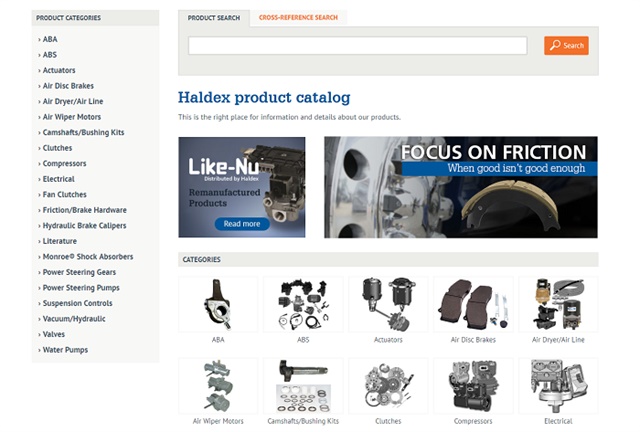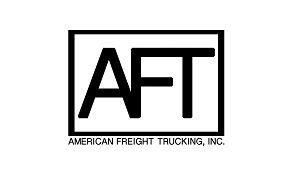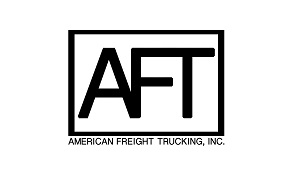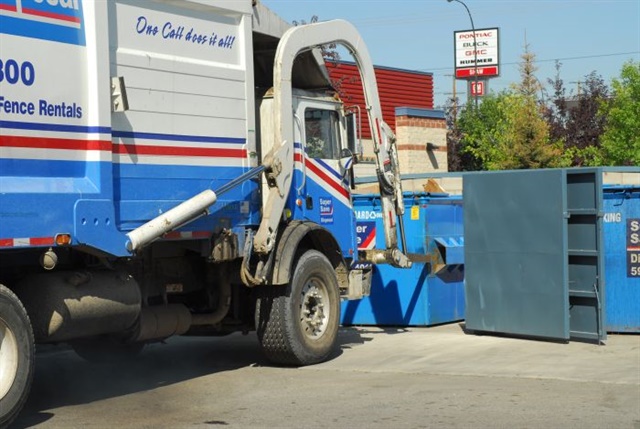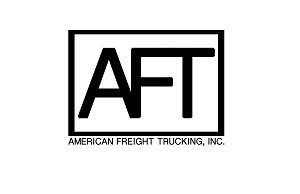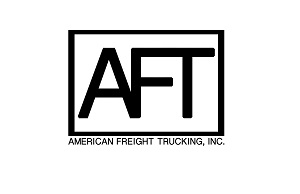Haldex Updates Website for Ease of Use
Screenshot via Haldex.com
">Screenshot via Haldex.com
">Haldex has rolled out its updated website, designed to be easier to use for customers looking to place orders and search for parts.
The website works with any mobile platform and now features a “click to order” function to make it easier to place an order. Parts availability is shown in real time and orders can be placed by clicking on the part number, which adds it to the online shopping cart . The website also allows users to view part numbers, product drawings, images and product dimensions.
A new My Haldex tab allows customers to check order status, review order history, search by purchase order, view invoices, core report summaries, and core turn analysis.
Product literature can be sorted by document type -- such as a brochure, user guide, technical information -- sorted by product category or sorted by language. All available literature pieces can be viewed, downloaded, or printed.
Over 20,000 parts numbers are featured in the Haldex Cross Reference interchange, which allows customers to cross a competitive part number to a Haldex number for comparison.
“We will continue to develop our online capabilities to make it easier for our customers to quickly access product information, customer specific data, and Haldex services,” said Mark Owen, vice president aftermarket sales North America.
Related: Haldex Adds Smart Trailer Control Module
Follow @HDTrucking on Twitter
...Read the rest of this story